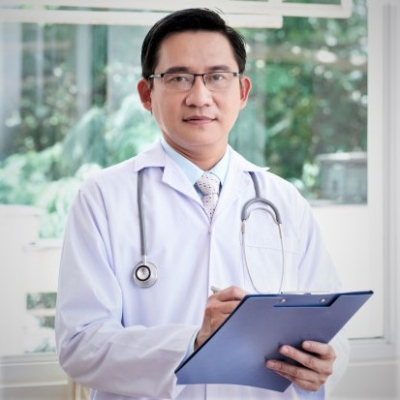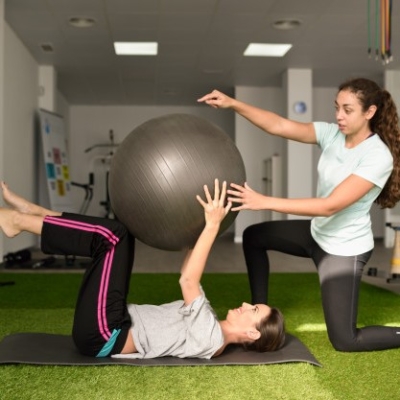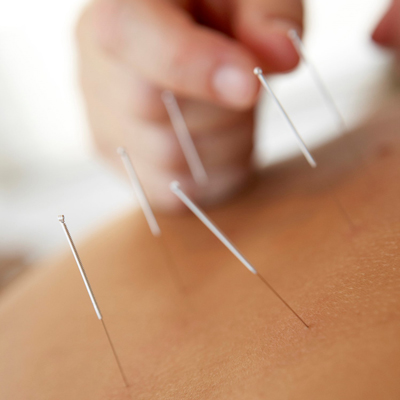- No products in the cart.
Avazzia manufactures USFDA-cleared microcurrent Bio-Electric Stimulation Technology (BEST) devices which feature non-invasive neuromodulation. This system is based on easily understood concepts: neuro means nerve and modulation means varying the property of a wave or signal. Thus, put together it means changing the signals of nerves.
The human body has three systems for functioning: chemical (changing food into energy, for instance), mechanical (bones and muscles) and electrical (the heartbeat is but one example – which is why pacemakers are electrical devices).
Avazzia’s BESTTM devices, all engineered and manufactured in Dallas, Texas, use proprietary software and microchips in its neuromodulation applications. This non-pharmaceutical, non-invasive technology is designed to stimulate the body’s natural resources for pain relief.
Avazzia BESTTM electrical signals are different from other TENS signals because:
- They emit high voltage pulsed current signals referred to as HVPC
- They are short-duration pulses of high voltage amplitude and very low duty cycle.
- The average currents are in the microcurrent range.
- These are damped biphasic, sinusoidal waveforms.
- The process is further enhanced by signals that change and adapt as the electrical properties of the tissue being treated change (Reaction readings).
BESTTM devices stimulate the nervous system and thereby the neuro-endocrine system through direct touch to the skin. The BESTTM device electrodes (onboard or through accessories) can detect (via Reaction readings) impedance on the skin by “sticking” (dramatic increase in friction) to acupuncture or electron-deficient sump points when gliding the instrument over the skin.1,2,3
These “sticky” areas may be injured or diseased tissue or may be associated with an organ or corresponding body system. By placing the BESTTM electrodes at a correct spot for treatment, the equilibrium between tissues can be restored, and the redox (reduction-oxidation) potential of the body is recharged.
Published medical research has identified the electrical signal characteristics that impact “C” fibers,4 resulting in the stimulation of nitric oxide, hormones, endorphins, and neuropeptides. Other publications indicate the signal characteristics and treatment locations that balance the sympathetic and parasympathetic nervous systems.5
These electrical signal properties are attained by using Avazzia’s proprietary algorithms that produce specific patterns of output pulses for specific applications.
Healthcare practitioners use Avazzia BESTTM devices in their practice with their patients and to treat their own pain because:
- BESTTM devices provide non-pharmaceutical, non-invasive ongoing pain relief that can last for hours and longer
- These products are USFDA-cleared for the symptomatic relief and management of chronic, intractable pain and adjunctive treatment in the management of post-surgical and post-traumatic pain
- TENS devices, including the Avazzia BESTTM line of products, have been shown to have no ongoing or significant side effects.6
- Prescribing an Avazzia BESTTM device puts patients in control of their pain and wound treatment.
- Post-surgical pain management may improve physical therapy outcomes.
- Avazzia’s BESTTM products, with proprietary software and microchip processors, are superior to other TENS products in the market.
Healthcare professionals who incorporate BESTTM technology in their practices

Healthcare Providers
- Physicians (neurologists, orthopaedic surgeons, chiropractors, podiatrists, naturopaths)
- Pain associated with neuropathy from diabetes and other chronic conditions
- Pain connected to carpel tunnel syndrome, back pain and chronic or acute pain related to repetitive stress injuries
- Pain associated with injuries, including pain after surgery, orthopaedic-related injuries, scar tissue build-up, phantom pain and “weekend warrior” strain
- Wound Treatment and pain associated with wounds

Dentists
- Dental pain connected with tooth extractions and dental procedures (used outside the mouth along jaw line)
- Relaxation of the neck, head and shoulders connected with chronic pain of the mouth and jaw
- Manage their own profession – related pain of hand, neck and back

Physical Therapists and Athletic Trainers
- Manage pain associated with acute injuries
- Manage pain connected with rehab in order to improve rehab outcomes
- Mitigate pain in order to get athletes back into play faster

Massage Therapists and Acupuncturists
- Use in conjunction with acupuncture to analyze and stimulate meridian energy flow
- Improve results of massage therapy

Animal Health
- Improve range of motion, pain relief and wound healing
- Increase perfusion for better blood circulation and improved lymphatic drainage
- Use on animals in place of or in addition to therapeutic massage to reduce stress and improve performance
Citations:
- Johnson C (1999-06-04). “Acupuncture works on endorphins”. News in Science, ABC Science Online. Australian Broadcasting Corporation. Retrieved 2008-10-15
- Boecker H, Sprenger T, Spilker ME, Henriksen G, Koppenhoefer M, Wagner KJ, Valet M, Berthele A, Tolle TR (February 2008). “The Runner’s High: Opioidergic Mechanisms in the Human Brain”. Cerebral Cortex (New York, N.Y. : 1991) 18 (11): 2523–31.
- Reichmanis M, Marino AA and Becker RO (1975). “Electrical correlates of acupuncture points”. IEEE Transactions on Biomedical Engineering 22 (Nov;22(6)): 533–5
- Purves, Dale; et.al (2004). Neuroscience. Massachusetts: Sinauer Associates, Inc.. ISBN 0-87893-725-0.
- NIH Consensus Development Program (3–5 November 1997). “Acupuncture –Consensus Development Conference Statement”. National Institutes of Health. Archived from the original on 14 July 2007. Retrieved 2007-07-17.
- Contra-indications for using any TENS device are cardiac pacemakers and pregnancy. Do not place electrode pads on broken or damaged skin. Do not press electrode pads on the carotid artery or in the mouth. Do not use over areas of reduced sensation. Do not use near water such as in the bath or shower. Do not use when driving or operating machinery. Do not use transcerebrally or over the carotid artery.

